Walkabout: Meet Me in Coral Gardens, the Florida-Inspired "Old England" of Flatbush
Editor’s note: An updated version of this post can be viewed here. In the years after the Civil War, until the dawn of the 20th century, Brooklyn, as we know, experienced rapid growth. By the 1880s and ‘90s, real estate had become a huge business, and some large developers came on the scene. Individual developers gave rise…

Photo by Suzanne Spellen
Editor’s note: An updated version of this post can be viewed here.
In the years after the Civil War, until the dawn of the 20th century, Brooklyn, as we know, experienced rapid growth. By the 1880s and ‘90s, real estate had become a huge business, and some large developers came on the scene.
Individual developers gave rise to row house neighborhoods like Sunset Park, Stuyvesant Heights, Prospect Heights and Lefferts Manor. Then they moved to the “suburbs” of South Brooklyn and created the communities of Borough Park, while others created Prospect Park West, Ditmas Park and Beverly Square, East and West.
Soon, these individual developers were joined by development companies. These corporations had a board of directors, issued stock and had shareholders. They were run by real estate men in conjunction with bankers and businessmen.
One of these companies was called Realty Associates.
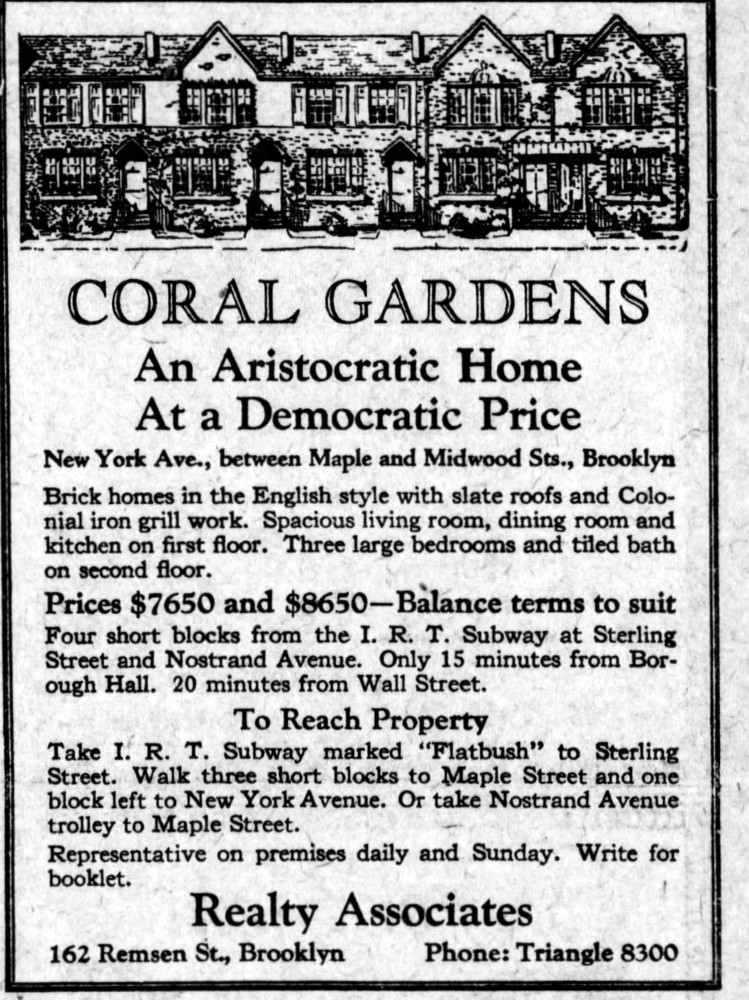
One of the Largest Developers in Brooklyn
In their approximately 40 years in business, Realty Associates was one of the largest developers of homes and apartment builders, not just in Brooklyn, but also in Queens and parts of Long Island.
They incorporated in 1901, with offices on Remsen Street, in Brooklyn Heights. Realty Associates came into the game with a bank account of $4MM, and the backing of its parent company, the powerful Title Guarantee and Trust Company.
They had a board full of savvy real estate and financial experts, and an advisory board that included developers with a successful track record, like William H. Reynolds.
Because they were big, and could afford to diversify, Realty Associates delved into all parts of the real estate market. They built houses, apartment buildings, office buildings and civic structures. They also bought and renovated existing buildings, and acted as property managers to their own, and other buildings.
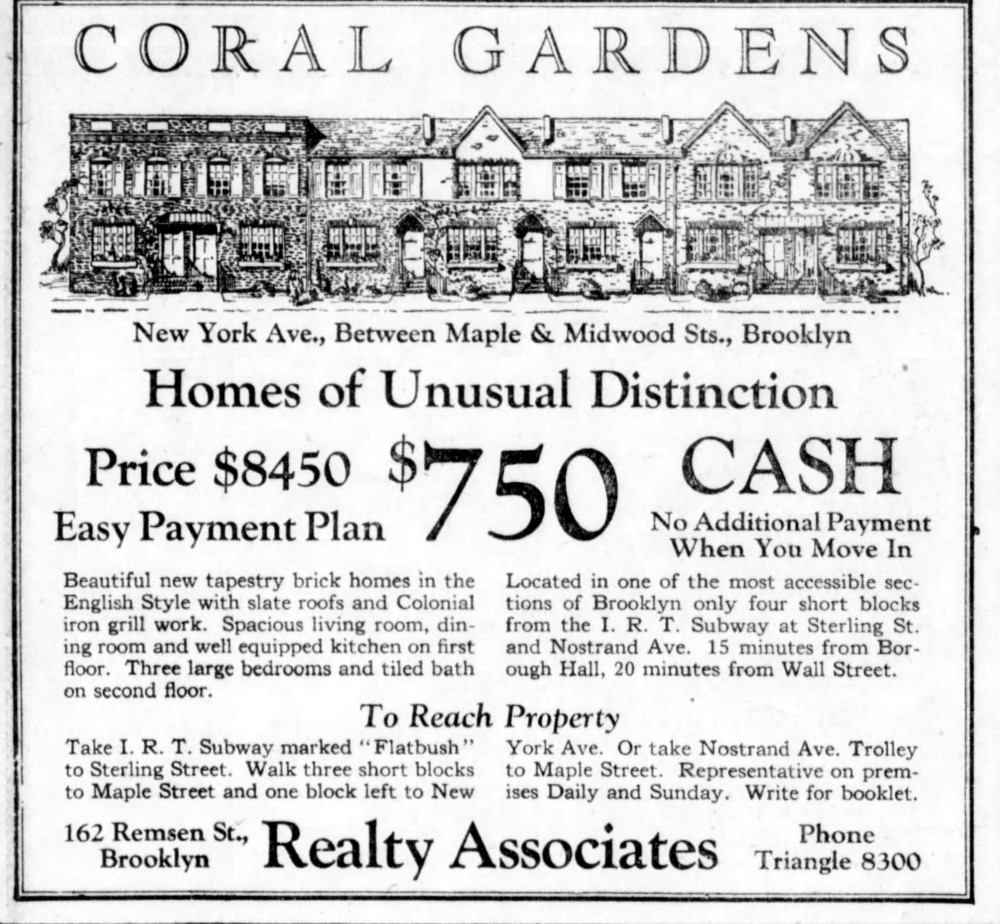
Row house styles changed with the popularity of two-family houses and the proliferation of the automobile. By the end of the ‘teens, most builders included garages behind their houses, or if they had the space, an alley between streets which could accommodate access on both sides to garages.
In 1924, Realty Associates purchased a block wide and long tract of land between New York and Brooklyn Avenues and Maple and Midwood Streets. They could have simply built houses on Maple and Midwood, a center alley and garages.
New Homes, But Medieval Style
The architectural fancy of the day was still the Colonial Revival style. That would continue throughout the century. But America’s fascination at the time was with architectural styles that were much older. We were in love with Medieval and Tudor architecture.

New Homes for the 1920s
As the century moved from the “aughts,” into the ‘teens and ‘20s, RA’s forays into house-building changed with the times. They anticipated the trends in home ownership, and built accordingly.
In the wealthy suburbs, “Banker’s Tudors” were very popular. Slightly lower on the economic scale, developers were building English cottage homes and Tudor influenced bungalows in the middle class suburban communities in Queens, the Bronx and Long Island.
Brooklyn had the attached cottage homes of nearby Prospect Lefferts Gardens, the white cottages on Prospect Place in Crown Heights and homes of Midwood and other parts of Flatbush.
Bringing Florida to Flatbush
Realty Associates made several bold choices here in Wingate. First they divided the land with three one-block cross streets that stretch from Maple to Midwood Streets. Those blocks were named Tampa, Palm and Miami Courts.

The entire development was called Coral Gardens, all evoking a tropical Florida vibe in the heart of Flatbush. But they built far-from-tropical-looking, English cottage and Tudor-style attached homes — 84 in total.
Brooklyn Avenue is one of the area’s main thoroughfares, but in Coral Gardens, Realty Associates decided to place the backyards of one group of houses along Brooklyn Avenue. When you pass this area, the garages and backyards face the street, with the houses set back accordingly. This one block of Brooklyn Avenue is essentially an alley.
Tampa, Palm and Miami Courts are technically the alley streets too, and all have garages facing them on both sides.
The three groups of houses facing each other on these similarly named courts are simply charming. In March of 1925, the Brooklyn Eagle reported on the progress of the houses. They noted that three groups of houses faced inward, with only one additional group, on New York Avenue, facing out.
Those four groups faced 30-foot-wide private landscaped grass courts, with “granolithic” pathways on the perimeter. Those courts had signs naming them Tampa, Palm and Miami Courts.
The houses were all combinations of English Cottage, Tudor and Medieval Revival inspired architecture. They all were two stories tall, and originally were one family houses. They were almost 17 feet wide, with approximately 1,160 square feet of habitable space each.
A closer look reveals that the two homes on the ends of each row are pretty plain, almost style-less, while the interior houses in the row have much more interesting detail. The decorative brick was called “tapestry brick” in the ads. Perhaps this was purposeful, as the eye goes directly to the center of the group, and barely notices the end houses.
Between 1925 and 1928, all 84 houses were constructed, one “court” at a time. They were very popular and sold quickly. Advertising filled the real estate section of the Eagle. In fact, one of these ads found while looking for something else prompted this inquiry into these houses.
The houses featured a “spacious” living room, dining room and kitchen on the main floor, with three large bedrooms and a tiled bathroom on the second floor. They also had finished basements.
Advertising in 1925 called the Coral Gardens development “An Aristocratic Home at a Democratic Price.” Prices were $7,650 and $8,650. In 1926, the houses were being sold for $8,450 each, with only a $750 cash down payment.
Two years later, as the sales were wrapping up, the down payment was dropped to $200 on what the ads called “A Bit of Old England.”
Today, most of Coral Gardens is pretty much intact. Some of the Courts are better kept up than others, but they all look good. One of the courts has the Lubavitcher flag flying high. The garages have fared less well than the houses. Still, they all have a garage or space for one.
If you don’t know Coral Gardens is there, it’s easy to drive right past it. It’s worth a stop and a slow walk around. After all, it’s not every day that one gets to see “A Bit of Old England” with a nonexistent Floridian tropical influence, in a Caribbean and ultra-Orthodox Jewish enclave in Flatbush, Brooklyn.
All photographs by Suzanne Spellen

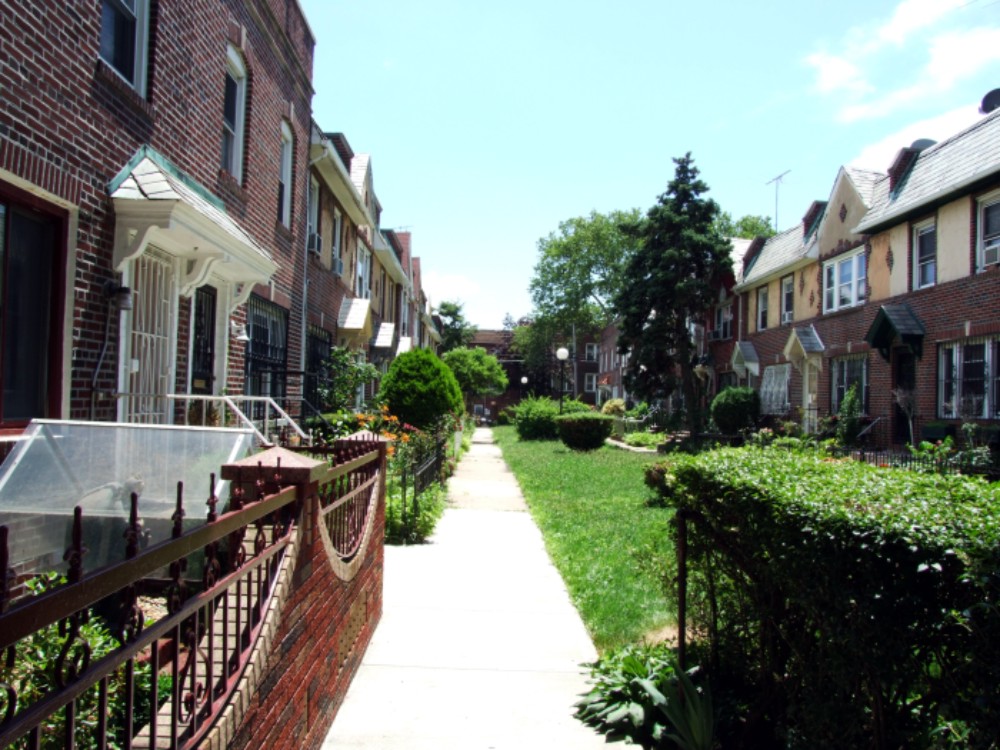
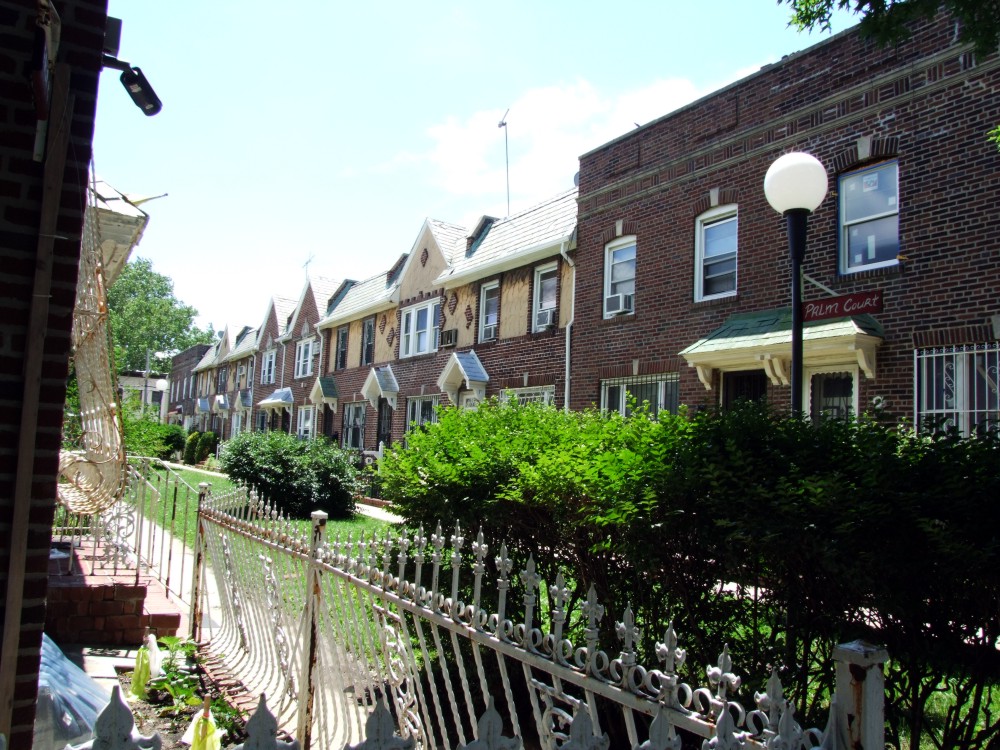
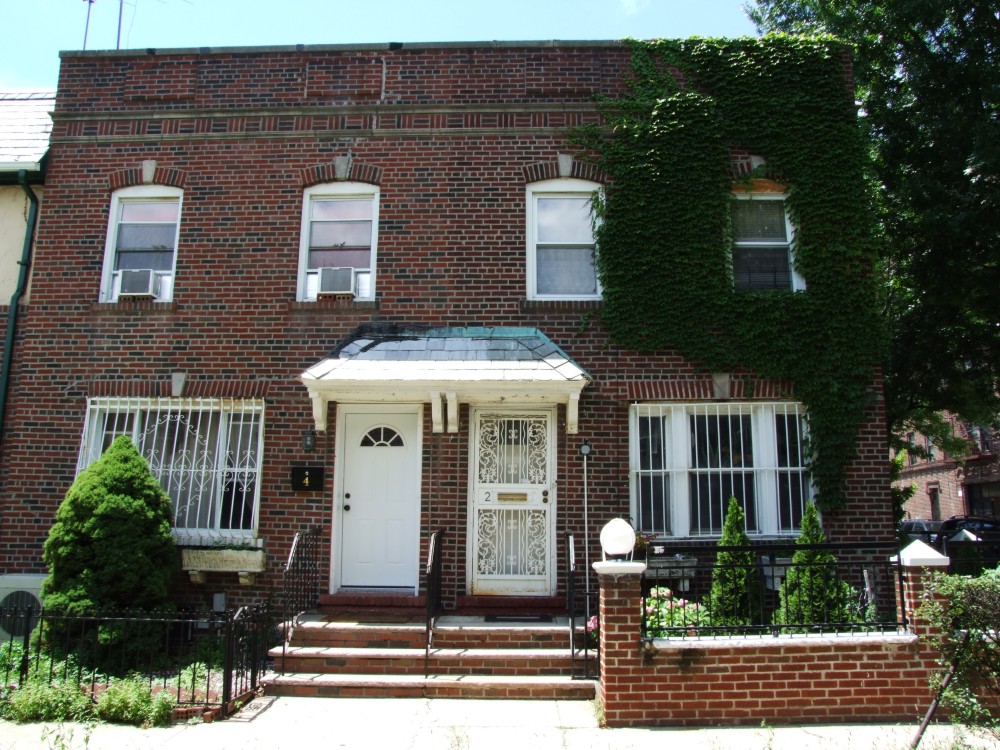
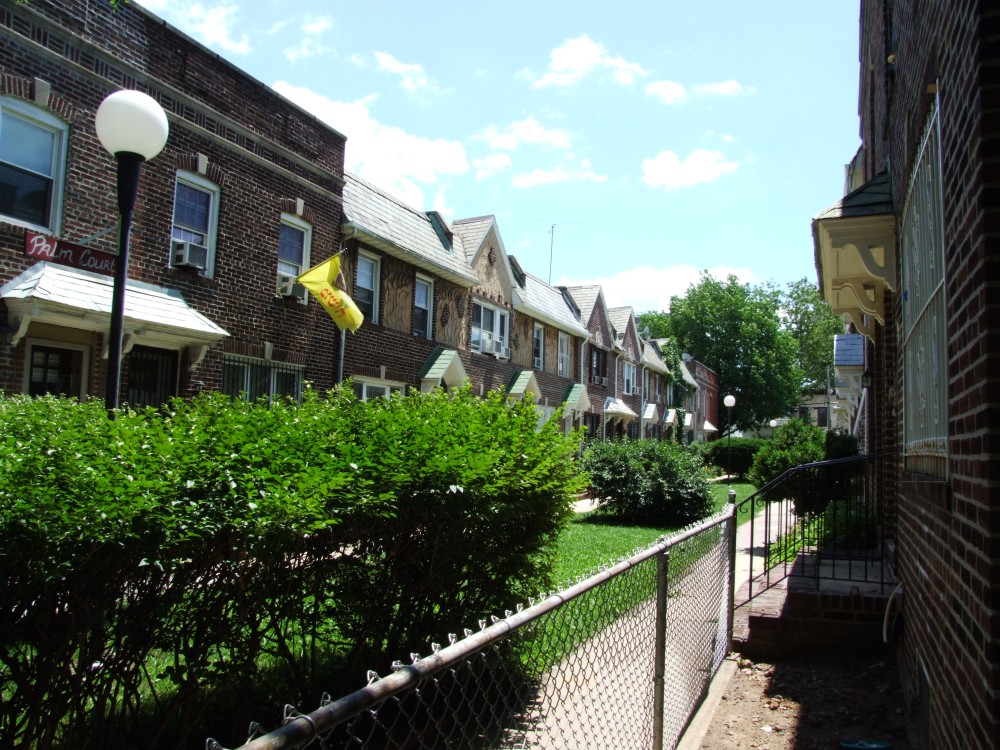
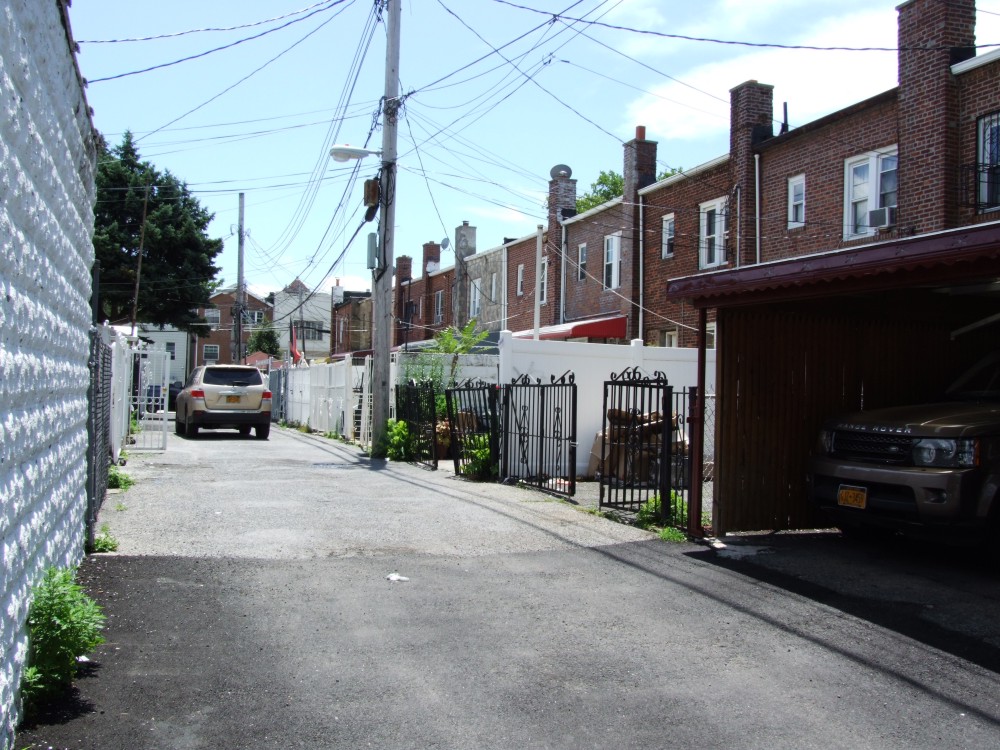
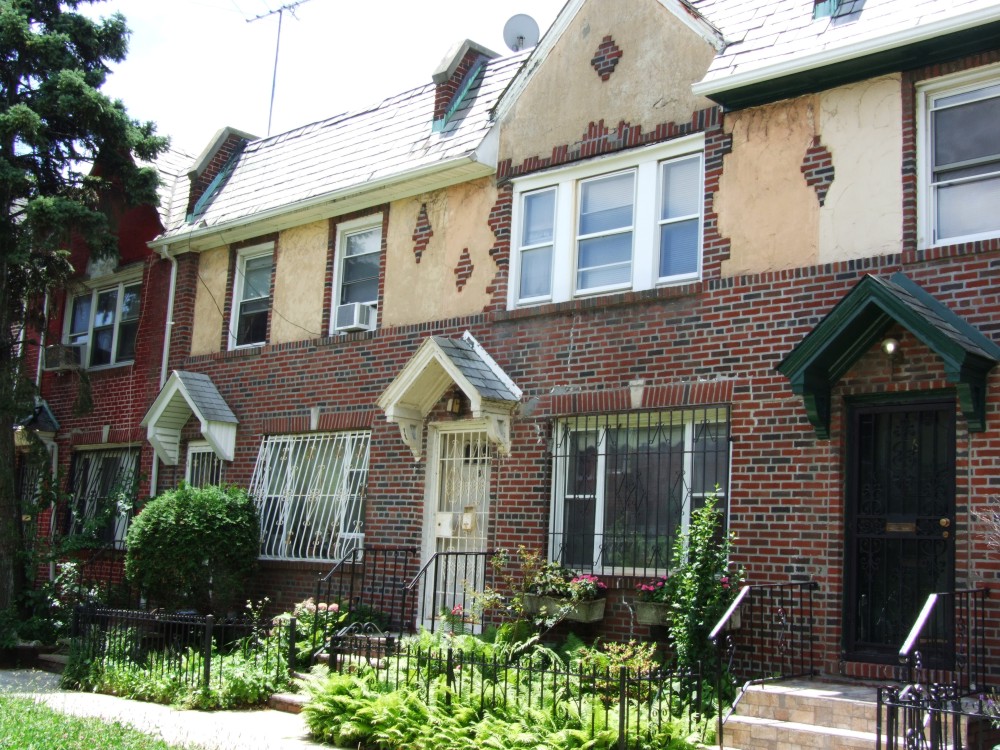
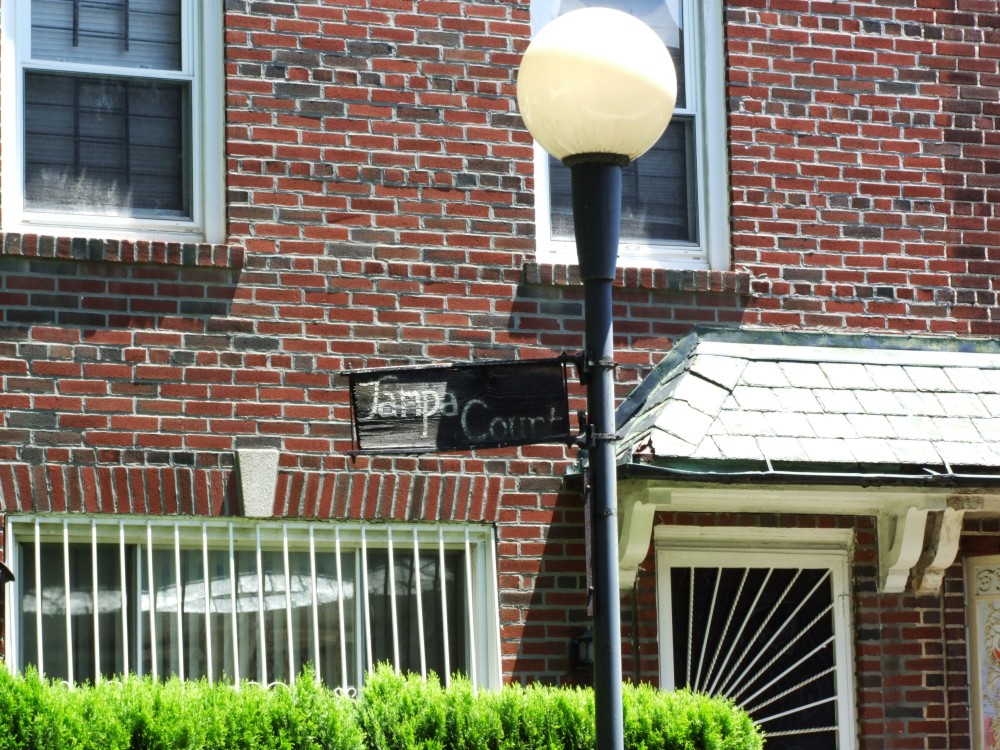
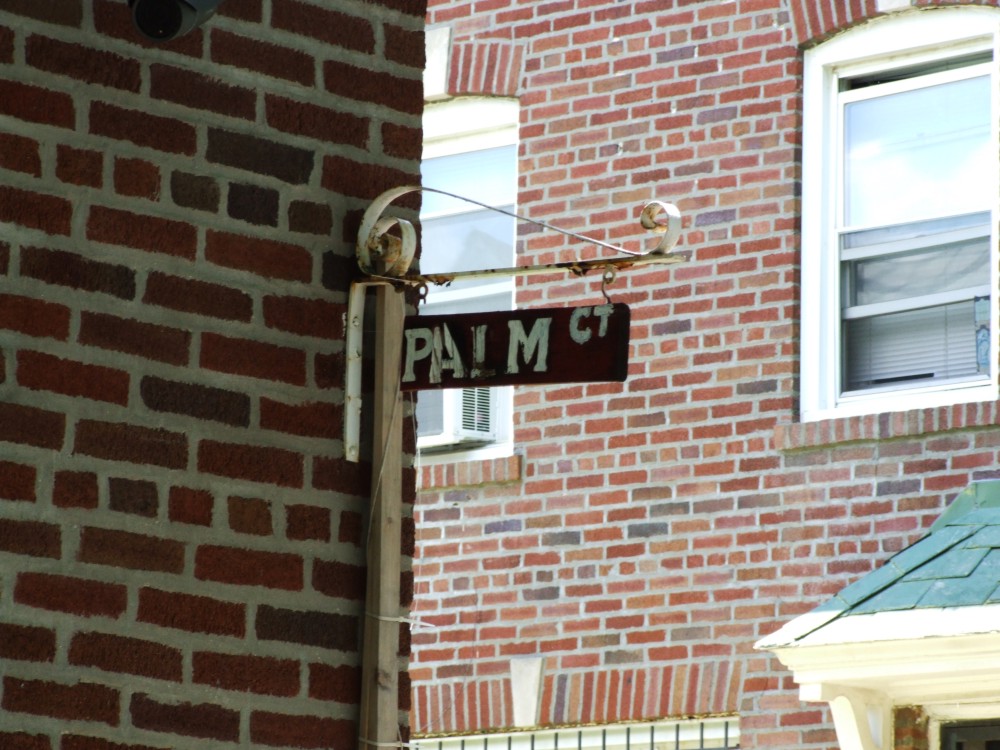


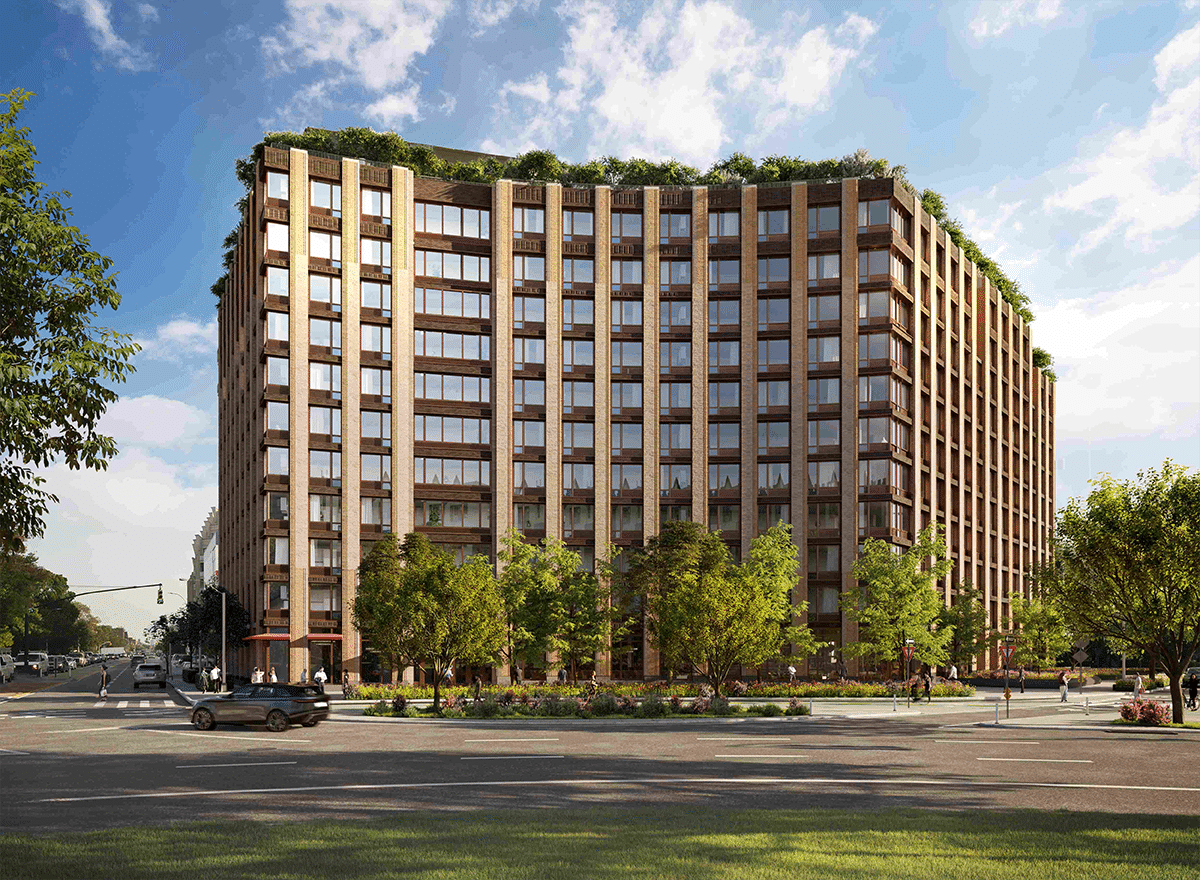
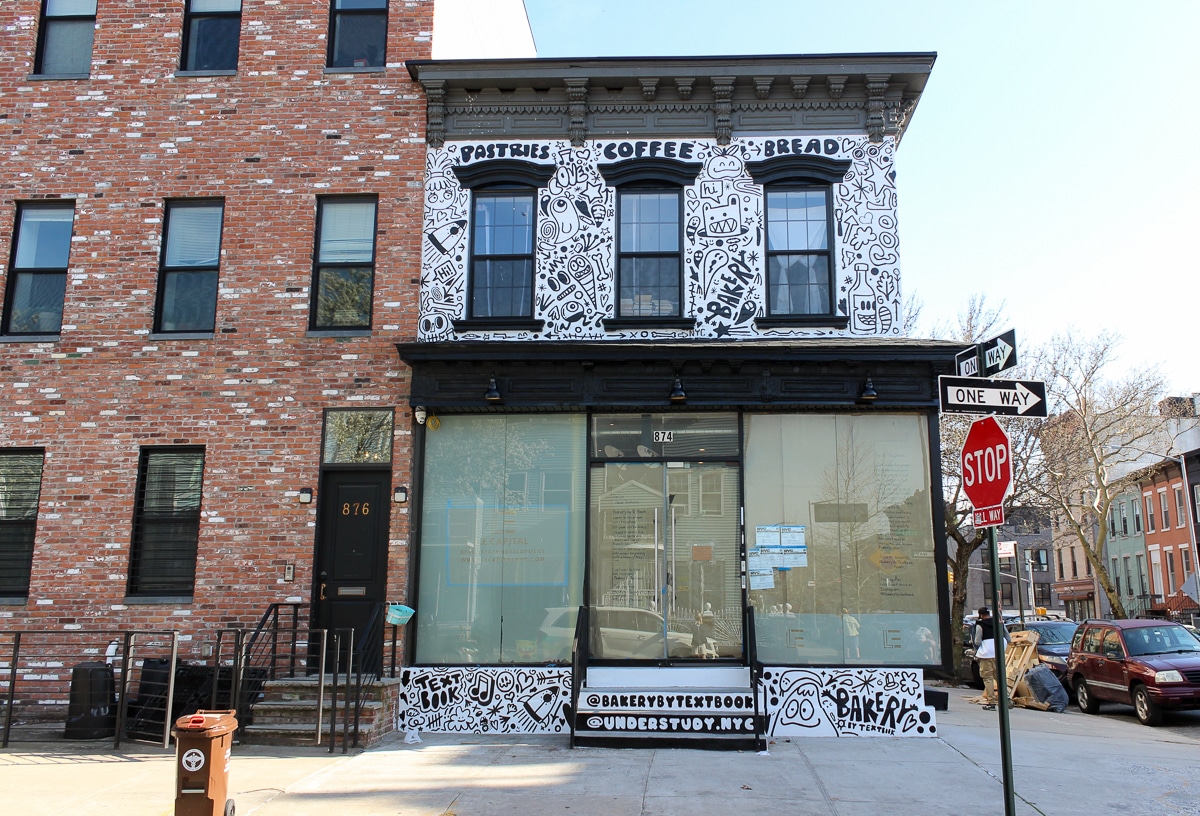




I am so glad I found this article. My grandparents purchased 13 Miami Court in 1925 and raised 4 children there. Two of their children and two nieces raised their 13 kids in Miami Court and on New York Avenue in the sixties and early seventies. It was a wonderful place to grow up and we have many happy memories from those days. Thank you for the trip down memory lane.
Cool! Micro houses before the trend started.
Until recently these were cheap, too.
Do you think these might be the same developer as Roosevelt and Woodrow courts, off of 30th st and 5th ave in Greenwood Heights?